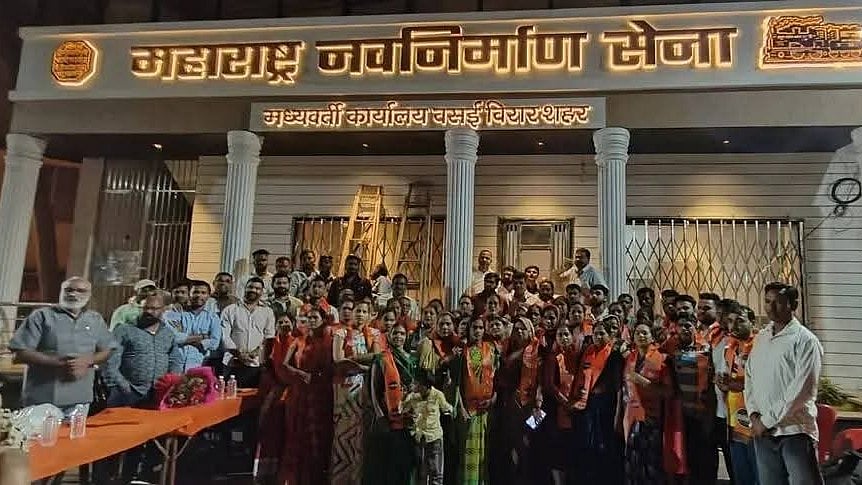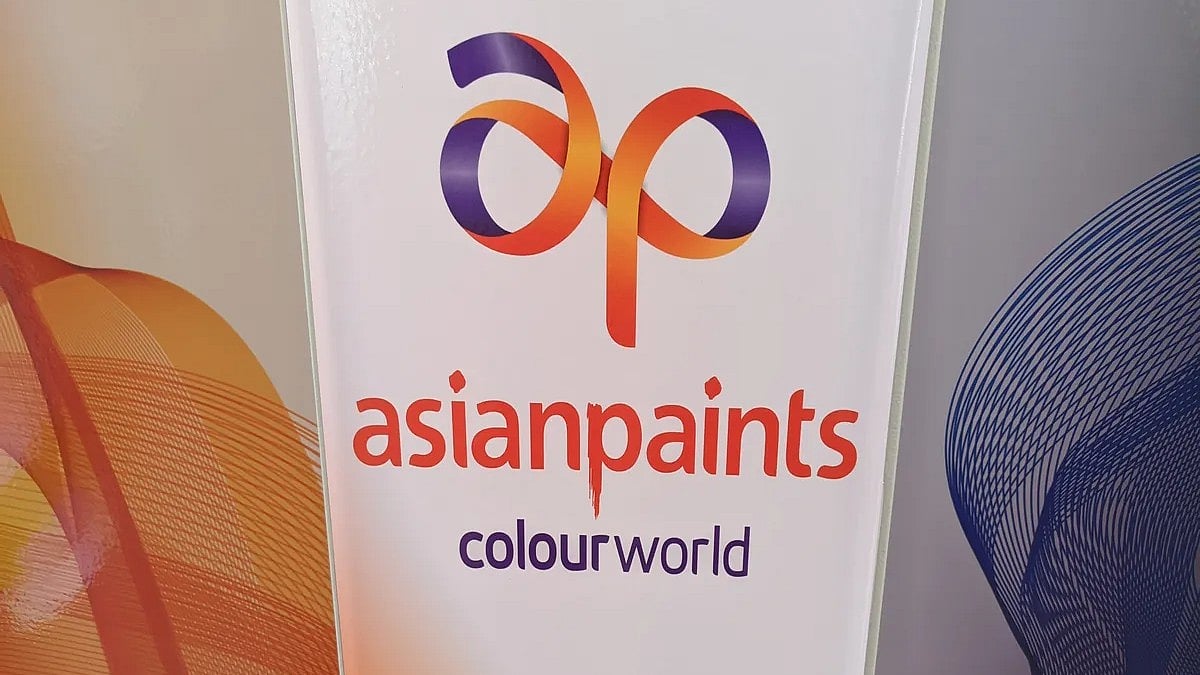As India looks to recover from the devastating Covid-19 blow, the common man who is still reeling under the effects of the pandemic is awaiting some relief from the upcoming union budget. The union budget will be presented by the country’s finance minister Nirmala Sitaraman on February 1, 2021.
FPJ brings you top five expectations by a common man from Budget 2021.
Realignment of tax rates:
For individual taxpayers below 60 years of age the income tax exemption limit is Rs 2.5 lakh per annum. This limit has remained unchanged from Financial Year 2014-15. Hence to enhance the net disposable income, the exemption limit under the existing tax regime is expected to increase to Rs 5 lakh per annum.
Last year the Budget 2020 provided some relief to taxpayers by allowing them to choose between the existing tax regime and an alternative optional new tax regime. Needless to state that for taxpayers to take advantage of the new tax regime a host of exemptions/ deductions were to be foregone.
“While the new tax regime had lower tax rates the ultimate benefit to taxpayer was basis the deductions/ exemptions otherwise he/ she was eligible to,” said Parizad Sirwalla, Partner and Head, Global Mobility Services-Tax, KPMG Assurance and Consulting LLP India in his report.
Housing tax breaks:
Owning a home is considered as one of the most desirable wishes for us. However, the skyrocketing prices of houses in the metros and even in Tier-II cities, it is becoming difficult for people to afford it.
A standard deduction rate of 30 per cent is applicable on the net annual value of the property. However, to reignite the momentum in the real estate sector, an increase in the limit of standard deduction from 30% of net annual value to 50% is expected.
For the first-time buyer of a home, under Section 80EEA, the borrower can avail a deduction of up to Rs 1.5 lakh on home loan interest payment. But the value of the home as per the stamp duty needs to be within Rs 45 lakh.
“We find these provisions restrictive as the rising property prices have made home buying difficult for common man. Hence, we need the bracket of Rs 45 lakh to be extended further,” said Kalpana Pathak, a company executive.
Separate deduction for Covid-19 treatment:
According to KPMG report, currently, few deductions have been prescribed for medical treatment for self or dependent u/s 80DD, 80U and 80DDB of the Act. However, there is no specific deduction under the Act which covers treatment cost for Covid-19 patients who are not covered under any health insurance.
Given the substantial cost involved in Covid-19 treatment in Govt. or private hospitals, a separate deduction capped up to Rs 1,00,000 or actual treatment cost incurred by the taxpayer for self or family, whichever is lower may be considered to be introduced under the Act to provide much-needed relief to the taxpayers specially when such costs are not covered under a health insurance policy.
Increase in standard deduction:
For salaried individuals, medical reimbursement and travel allowance exemption were done away with from FY 2018-19 in lieu of standard deduction. To keep pace with the ever-rising medical cost (amplified due to Pandemic) and the fuel cost, the standard deduction is to be increased from existing Rs 50,000 to Rs 100,000 per annum.
Increase in deduction u/s 80C:
The limit of Rs 1.5 lakh in respect of deduction under Section 80C of the Income-tax Act for various common tax saving investments/ expenditure (such as employee provident fund, public provident fund, principal repayment of housing loan, children tuition fee, national savings certificate, etc.) has remained constant for almost half a decade now. Keeping in mind the current economic scenario – encouraging demand is one of the priorities of the Government. Hence there is rising demand to increase the limit to Rs 3 lakh.












